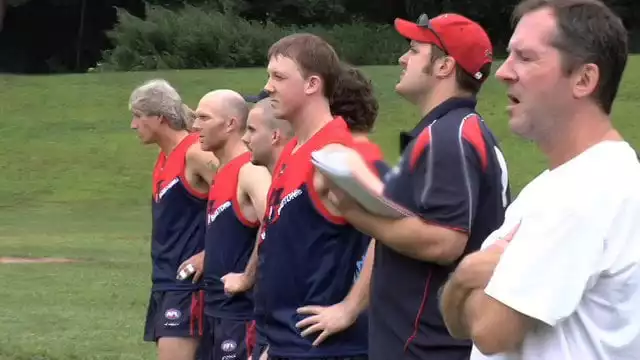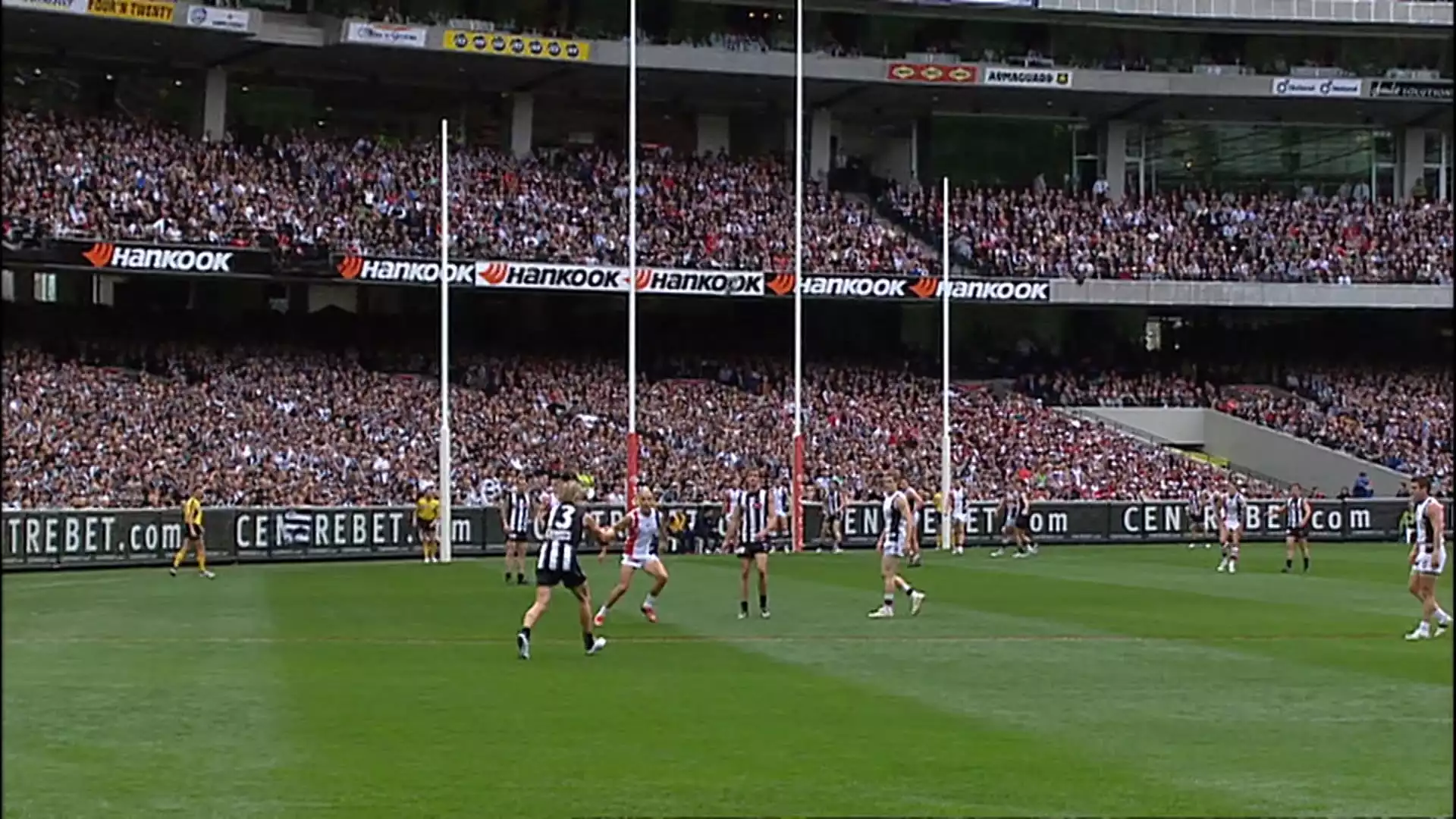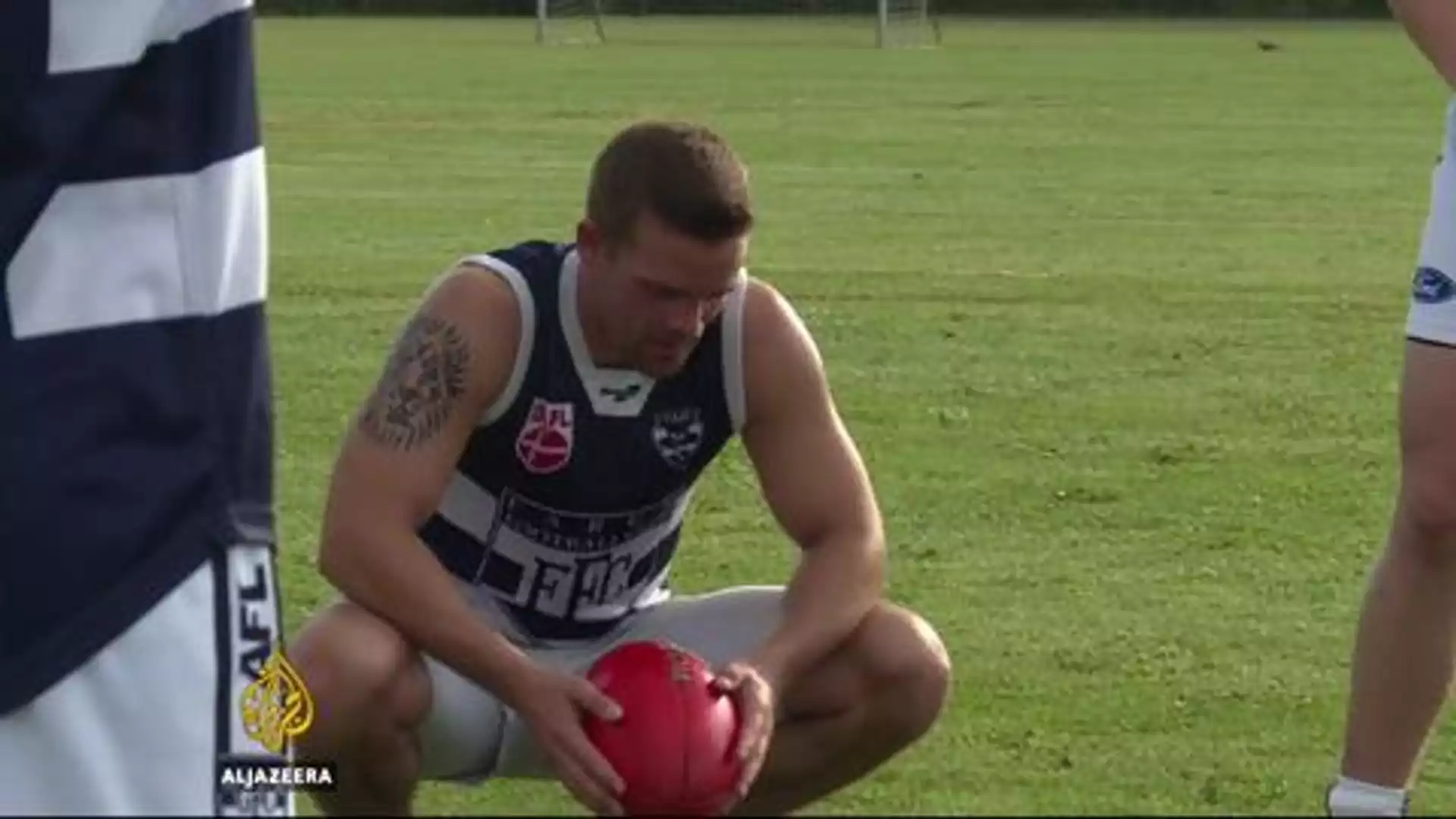Importance of training drills in Aussie Rules Football
Training drills are an essential part of any athlete's journey towards excellence, and Aussie Rules Football is no exception. These drills not only help players develop their physical abilities but also enhance their mental acuity and tactical understanding of the game. By incorporating training drills into your routine, you can improve your endurance, agility, speed, decision-making, and overall game sense. Additionally, training drills allow players to fine-tune their technique, ensuring that they execute skills with precision and accuracy during competitive matches.
One of the primary benefits of training drills is the improvement in muscle memory. By repeating specific movements consistently, players can train their muscles to perform complex skills efficiently without conscious thought. This muscle memory comes in handy during high-pressure situations where split-second decisions can make all the difference. Moreover, training drills help players identify their strengths and weaknesses, allowing them to focus on areas that require improvement. By targeting specific skills through drills, players can maximize their potential and become well-rounded athletes.
In Aussie Rules Football, where the game is fast-paced and highly dynamic, training drills play a crucial role in developing skills that are essential for success on the field. By incorporating these drills into your training routine, you can elevate your game to new heights and outperform your opponents.
AFL COACHING DRILL #1 - Help After Poor Disposal
Drill 1: Handballing accuracy drill
Handballing is a fundamental skill in Aussie Rules Football and is essential for quick ball movement and maintaining possession. The handballing accuracy drill focuses on improving your hand-eye coordination, decision-making, and accuracy when executing handballs. Here's how you can perform this drill:
1. Set up a target area on a wall or use cones to mark a target zone on the ground.
2. Stand a few meters away from the target area.
3. Start by handballing the football against the target, aiming for precision and accuracy.
4. Gradually increase the distance between yourself and the target area to challenge your accuracy and decision-making abilities.
5. Time yourself and keep track of your success rate to monitor your progress.
Remember to focus on proper handballing technique, using your non-dominant hand to secure the ball and your dominant hand to deliver accurate and precise handballs. This drill can be performed individually or with a partner, allowing for competitive challenges and added motivation.
Practicing handballing accuracy regularly will not only improve your ability to hit targets but also enhance your decision-making skills during fast-paced game situations. Mastering this drill will make you a valuable asset to your team, as precise handballing can create scoring opportunities and keep the opposition on the backfoot.
Drill 2: Marking and contested marking drill
Marking is another vital skill in Aussie Rules Football, enabling players to gain possession of the ball and control the flow of the game. The marking and contested marking drill focuses on improving your ability to judge the flight of the ball, position yourself effectively, and outmuscle opponents in contested marking situations. Here's how you can perform this drill:
1. Set up a designated area with two players competing for the ball.
2. One player will act as the kicker, while the other player will be the receiver.
3. The kicker will kick the ball high into the air, allowing the receiver to contest the mark against an opponent.
4. Focus on positioning yourself in the best possible spot to take the mark, using your body to shield the opponent.
5. Practice marking the ball at various heights and angles, simulating game-like situations. 6. Gradually increase the intensity of the drill by adding more players into the contest.
By regularly practicing this drill, you will develop the ability to judge the flight of the ball accurately, outposition opponents, and take control of contested marking situations. This skill is particularly crucial in high-pressure moments where securing a mark can turn the tide of the game in your team's favor.
Drill 3: Kicking technique and accuracy drill
Kicking is a fundamental skill in Aussie Rules Football, allowing players to move the ball effectively and deliver accurate passes to teammates. The kicking technique and accuracy drill focuses on improving your kicking technique, footwork, and precision when executing kicks. Here's how you can perform this drill:
1. Set up a target area on the ground using cones or markers.
2. Stand a set distance away from the target area.
3. Aim to kick the ball into the target area consistently, focusing on proper technique and accuracy.
4. Experiment with different types of kicks, such as drop punts, torpedo kicks, and snap kicks, to develop versatility.
5. Increase the difficulty of the drill by adding movement, simulating game-like scenarios where you have to kick accurately while on the run or under pressure.
By practicing this drill regularly, you will improve your kicking technique, footwork, and accuracy, allowing you to make precise passes and execute effective long kicks during games. Developing a wide range of kicking skills will make you a valuable asset to your team, as you can adapt to different game situations and exploit the opposition's weaknesses.
AFL kicking technique
Drill 4: Agility and footwork drill
Agility and footwork are crucial attributes in Aussie Rules Football, enabling players to evade opponents, change direction quickly, and create space for themselves and their teammates. The agility and footwork drill focuses on improving your ability to change direction rapidly, accelerate quickly, and maintain balance while in motion. Here's how you can perform this drill:
1. Set up a series of cones or markers in a zigzag pattern on the ground.
2. Start at one end of the pattern and navigate through the cones as quickly as possible, focusing on agility and quick changes of direction.
3. Use quick, light steps and maintain balance throughout the drill.
4. Time yourself and aim to improve your speed with each repetition.
5. Increase the difficulty of the drill by adding lateral movements, backward movements, or incorporating a football to simulate game-like scenarios.
Regularly practicing this drill will enhance your agility, footwork, and balance, allowing you to evade opponents, create space, and excel in one-on-one contests. Improved agility and footwork will give you a competitive edge on the field, enabling you to make crucial plays and contribute significantly to your team's success.
Drill 5: Teamwork and game simulation drill
Aussie Rules Football is a team sport, and effective teamwork is essential for success on the field. The teamwork and game simulation drill focuses on improving your ability to communicate, make quick decisions, and execute plays effectively as a team. Here's how you can perform this drill:
1. Divide players into two teams and set up a mini field or use markers to create a playing area.
2. Simulate game-like scenarios, such as kick-ins, center bounces, and goal scoring opportunities.
3. Emphasize communication, decision-making, and teamwork during the drill.
4. Encourage players to work together, support each other, and execute plays effectively.
5. Analyze and discuss the performance as a team, identifying areas for improvement and applauding successful plays.
By regularly engaging in this drill, you will develop a strong sense of teamwork, improve your decision-making abilities under pressure, and execute plays effectively. Effective teamwork is crucial in Aussie Rules Football, as it allows teams to create scoring opportunities, defend as a unit, and maintain control of the game.
Tips for effective training drills
- Warm up properly before each training session to prevent injuries and maximize performance.
- Stay hydrated throughout your training drills to maintain energy levels and focus.
- Set specific goals for each drill and track your progress to stay motivated and monitor improvement.
- Incorporate variety into your training routine to challenge yourself and prevent boredom.
- Practice drills at game like intensity to simulate match conditions and develop your ability to perform under pressure.
- Seek feedback from coaches, teammates, or experts to identify areas for improvement and fine tune your technique.
- Stay consistent and dedicated in your training, as regular practice is key to developing and maintaining skills.










